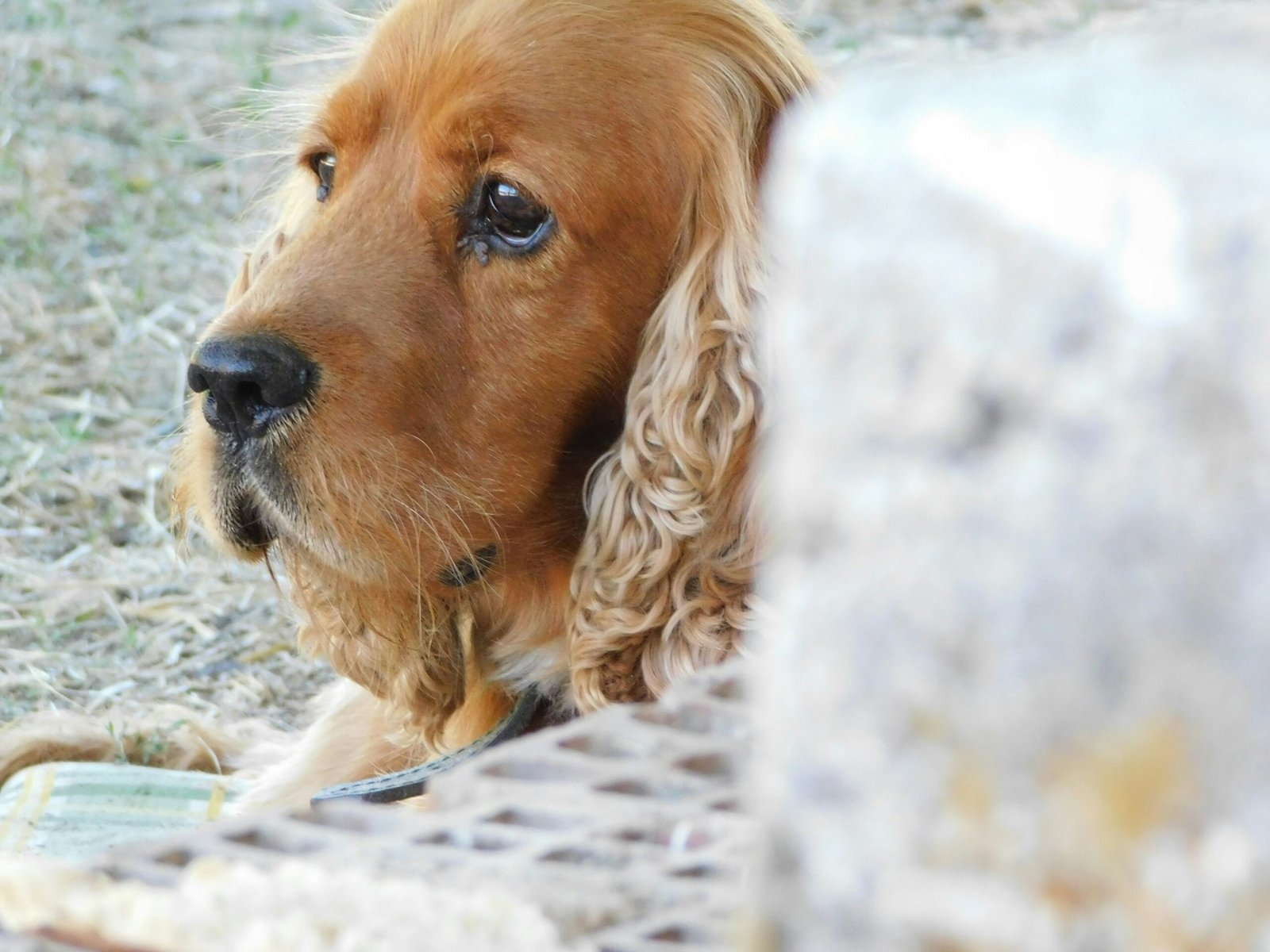
Are Cocker Spaniels Good With Cats? Tips for a Smooth Introduction
Understanding Cocker Spaniels’ Temperament
Cocker Spaniels are known for their friendly and gentle nature. They are typically very social animals and enjoy the company of other pets and humans. However, their compatibility with cats can vary depending on the individual dog’s personality and past experiences.
Assessing Your Cat’s Personality
Just like dogs, cats have their own unique personalities. Some cats are more tolerant and social, while others may be more territorial and less inclined to share their space. Understanding your cat’s temperament is crucial in determining how well they might get along with a Cocker Spaniel.
Tips for Introducing a Cocker Spaniel to Your Cat
When introducing a Cocker Spaniel to your cat, patience and careful planning are key. Here are some tips to ensure a smooth introduction:
1. Gradual Introduction: Start by keeping them in separate rooms and allowing them to get used to each other’s scents. Swap their bedding or use a cloth to transfer scents between the two.
2. Supervised Meetings: Once they are accustomed to each other’s scents, arrange short, supervised meetings. Keep the dog on a leash to ensure control and observe their interactions closely.
3. Positive Reinforcement: Reward both pets with treats and praise for calm and positive behavior. This helps them associate each other’s presence with positive experiences.
4. Safe Spaces: Ensure that your cat has high places or safe spaces to retreat to if they feel overwhelmed. This allows them to observe the dog from a distance and approach on their own terms.
Conclusion
With patience, understanding, and careful planning, Cocker Spaniels and cats can often coexist peacefully. Each pet’s individual personality plays a significant role, and it’s important to monitor their interactions and provide positive reinforcement. By following these introduction tips, you can help create a harmonious environment for both your Cocker Spaniel and your cat.
American Dingo animal behavior Budget Tips canine behavior Canine Care Canine Health DIY pet projects dog behavior Dog Breeds dog care Dog Care Tips dog exercise Dog Food Dog Grooming dog health Dog Measurement dog nutrition dog ownership dog potty area Dog Training Dog Wound Care Family Pets Hunting Dogs lipomas in dogs newborn puppy care obedience training outdoor pet care Pet Care Pet Care Tips Pet Health Pet Loss Pet Safety pet tips pet training Positive Reinforcement Potty Training Puppy Care puppy health Puppy Training Rabies in Dogs Temperature Monitoring Training Tips veterinary advice Veterinary Care Veterinary Tips
-
 Daylight Saving Time & Dogs: Vet-Reviewed Effects on Canine Sleep, Behavior & Adjustment Tips
5 views
Daylight Saving Time & Dogs: Vet-Reviewed Effects on Canine Sleep, Behavior & Adjustment Tips
5 views -
 Dog Alopecia Guide: Vet-Backed Causes, Treatments & Prevention Tips (Breed-Specific Solutions)
3 views
Dog Alopecia Guide: Vet-Backed Causes, Treatments & Prevention Tips (Breed-Specific Solutions)
3 views -
 8 Common Puppy Illnesses Every Owner Should Know: Symptoms & Prevention Tips
3 views
8 Common Puppy Illnesses Every Owner Should Know: Symptoms & Prevention Tips
3 views -
 12 Must-Know 2025 Australia Pet Insurance Stats: Cost Shocks, Gen Z Trends & Vet Bill Survival Guide
2 views
12 Must-Know 2025 Australia Pet Insurance Stats: Cost Shocks, Gen Z Trends & Vet Bill Survival Guide
2 views -
 When does a dog wag its tail?
1 view
When does a dog wag its tail?
1 view -
 San Clemente Dog-Friendly Beaches: Top 10 Off-Leash Spots, Local Tips & Must-See Views (With Map)
1 view
San Clemente Dog-Friendly Beaches: Top 10 Off-Leash Spots, Local Tips & Must-See Views (With Map)
1 view -
 How to Teach Your Puppy to Come: A Step-by-Step Guide
1 view
How to Teach Your Puppy to Come: A Step-by-Step Guide
1 view -
 Signs Your Dog Might Be Unwell and What to Do
1 view
Signs Your Dog Might Be Unwell and What to Do
1 view -
 Dog Drug Testing: Vet-Approved Methods for Urine vs. Hair Tests & How to Ensure Accurate Results
1 view
Dog Drug Testing: Vet-Approved Methods for Urine vs. Hair Tests & How to Ensure Accurate Results
1 view -
 How to Train Your Dog to Be Calm: 6 Best Tactics to Know
1 view
How to Train Your Dog to Be Calm: 6 Best Tactics to Know
1 view










Leave a Reply
You must be logged in to post a comment.